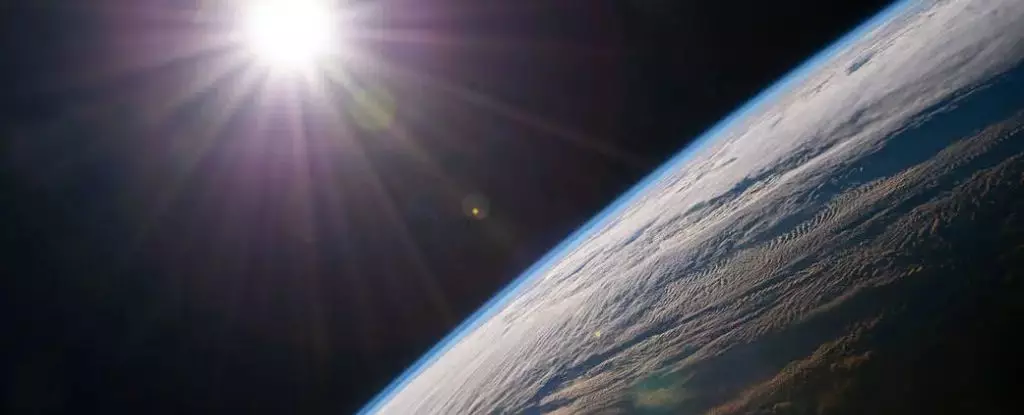In a recent study conducted by planetary scientist Nathan Kaib and astrophysicist Sean Raymond, the idea of a grazing encounter between the Solar System and a passing star potentially changing Earth’s orbit was explored. This encounter, occurring around 56 million years ago, during the transition between the Paleocene and Eocene periods, could have led to a drastic temperature increase of up to 8°C. While this theory may seem far-fetched, the implications it has on understanding ancient climate anomalies are significant.
The puzzle surrounding the sudden warming of Earth’s climate during the Paleocene-Eocene Thermal Maximum has baffled scientists for years. The geological record indicates a substantial increase in temperature during this period, but the exact reasons behind such fluctuations have remained elusive. Kaib and Raymond’s research provides a new perspective, suggesting that the orbital dynamics of Earth may have been influenced by a neighboring star passing by, leading to a disruption in the planet’s orbit.
Understanding the evolution of Earth’s orbit over millions of years is a complex task that involves a combination of geology, modeling, and statistical analysis. While previous simulations have attempted to rewind the Solar System to determine past orbital configurations, they often overlook the dynamic nature of the galaxy in which our Solar System resides. The gravitational interactions with passing stars could have subtle yet significant effects on planetary orbits, causing deviations that may contribute to climate changes.
Kaib and Raymond focused on a specific event where a Sun-like star, HD 7977, passed by the Solar System approximately 2.8 million years ago. Despite the vast distances involved, their simulations showed that even a relatively close encounter could influence the movements of planets relative to the Sun. While HD 7977 is just one example, the frequency of passing stars within a certain proximity to our Solar System suggests that these encounters may have occurred throughout Earth’s history, potentially impacting its climate.
The research conducted by Kaib and Raymond highlights the importance of considering stellar encounters in future studies on the long-term evolution of the Solar System. By integrating these external influences into existing models, scientists can gain a more comprehensive understanding of Earth’s orbital history and its correlation with climate variations. The idea that passing stars could have played a role in shaping Earth’s climate opens up new avenues for research and challenges our existing assumptions about planetary dynamics.
The possibility of passing stars affecting Earth’s climate adds a fascinating dimension to the study of planetary science. While the exact mechanisms behind these interactions may be complex and difficult to unravel, the implications they have on our understanding of ancient climate patterns are profound. By embracing the uncertainty and complexity of our Solar System’s dynamics, we can pave the way for new discoveries and insights into the intricate relationship between celestial bodies and Earth’s climate.


Leave a Reply